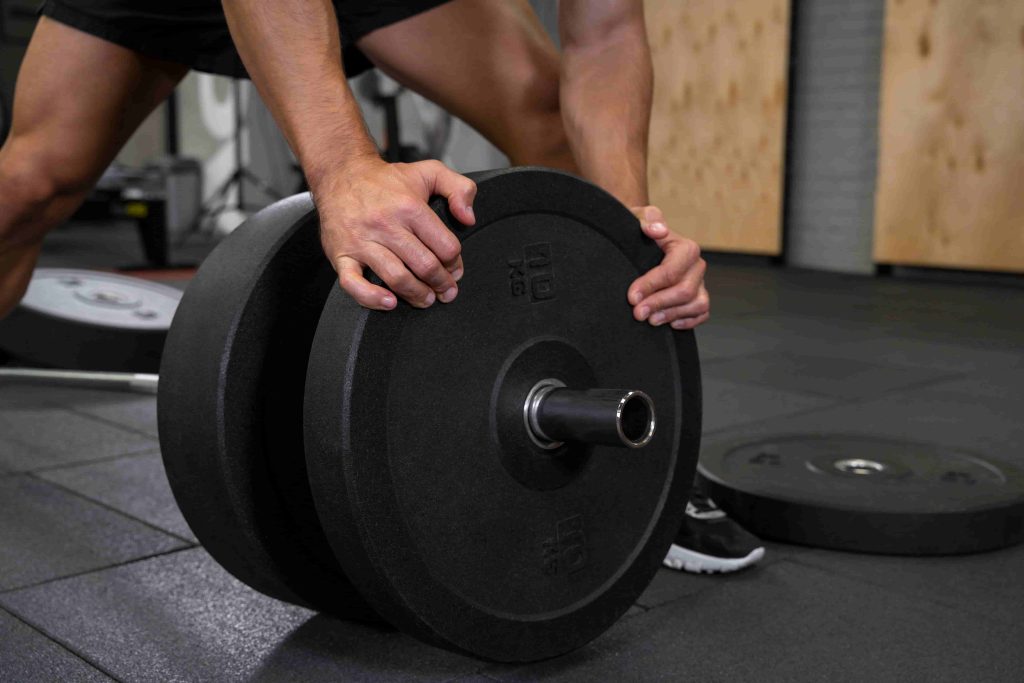4 de September de 2025
How Long Does It Take to Build Up a Full Load?
One of the most common questions in strength and conditioning is: how long does it take to build up a full load? For coaches and athletes working with structured resistance training, understanding how quickly and safely an athlete can reach heavy loads is essential. Progressing too fast increases the risk of fatigue and injury, while progressing too slowly may limit adaptation and performance gains.
With modern tools such as velocity-based training (VBT), we can answer this question with far greater precision. Instead of relying solely on percentages of one-rep max (1RM), VBT provides real-time data to determine the right pace of load progression for each athlete.
What does “full load” mean in strength training?
A full load usually refers to training at or near an athlete’s maximum capability—whether that’s a true 1RM or a heavy working set within a specific velocity zone. Coaches often use full load sessions to:
- Test maximum strength.
- Develop absolute strength qualities.
- Evaluate performance improvements over time.
The challenge is knowing how long it should take to build up safely to those heavy efforts.

Factors that influence the timeline
Several variables determine how long it takes an athlete to reach a full load:
- Training history
Beginners adapt faster in the first weeks of training, but their “full load” is limited by neuromuscular development. Advanced athletes take longer to peak because their ceiling is higher.
- Recovery and readiness
Adequate recovery between sessions, measured by tools like HRV monitoring, plays a critical role in how quickly an athlete can handle increased intensity.
- Load-velocity profile
By creating a load-velocity profile, coaches can map exactly how bar speed changes with weight and decide how fast to build up without overshooting.
- Fatigue management
Heavy sessions require more recovery. Coaches who track fatigue using real-time velocity loss can adjust progressions accordingly.
Using VBT to determine when to increase load
Instead of asking “how long does it take to build up a full load?” in weeks or months, VBT allows us to ask “is the athlete ready today?”
- A barbell velocity tracker shows if an athlete can move submaximal weights faster than before. If velocity at a given load improves, it’s time to increase intensity.
- If bar speed drops too much early in a session, it may indicate accumulated fatigue, and building up to a full load should be postponed.
This daily feedback ensures progression is individualized and safe.
Practical guidelines for coaches
- Beginners: Typically need 6–8 weeks of structured training to build safely toward heavier full loads. Focus on technique and gradual increases.
- Intermediate athletes: Can build up within a 3–4 week training block, progressing load weekly while monitoring velocity and recovery.
- Advanced athletes: Often follow longer mesocycles (6–12 weeks) to peak for competition, using velocity zones and precise monitoring to fine-tune performance.
Remember: the exact timeline will always depend on objective data and individual readiness.
Practical coaching strategies
To apply this knowledge in the weight room, coaches can use the following strategies:
- Warm-up with intent: Monitor bar speed from the very first sets. A sharp improvement in warm-up velocity may indicate readiness for heavier loads.
- Use velocity loss thresholds: Stop sets when velocity drops by a certain percentage (e.g., 15–20%). This avoids unnecessary fatigue and accelerates recovery for the next session.
- Periodize by performance: Instead of rigid weekly progressions, adjust the program based on athlete data. Some athletes may build up a full load in 4 weeks, others may need 8.
- Integrate monitoring tools: Use the Vitruve Teams App to review data across entire squads, comparing trends and adjusting loads collectively or individually.
Building up a full load with Vitruve
With the Vitruve linear encoder and Teams App, coaches can:
- Track progression rep by rep.
- Identify the optimal moment to increase load.
- Avoid setbacks caused by overtraining.
By combining science with real-time feedback, Vitruve makes building up to a full load both safer and faster for athletes at every level.
If you’re looking to answer not just how long does it take to build up a full load, but how to do it with precision and confidence, explore what Vitruve can bring to your training.
